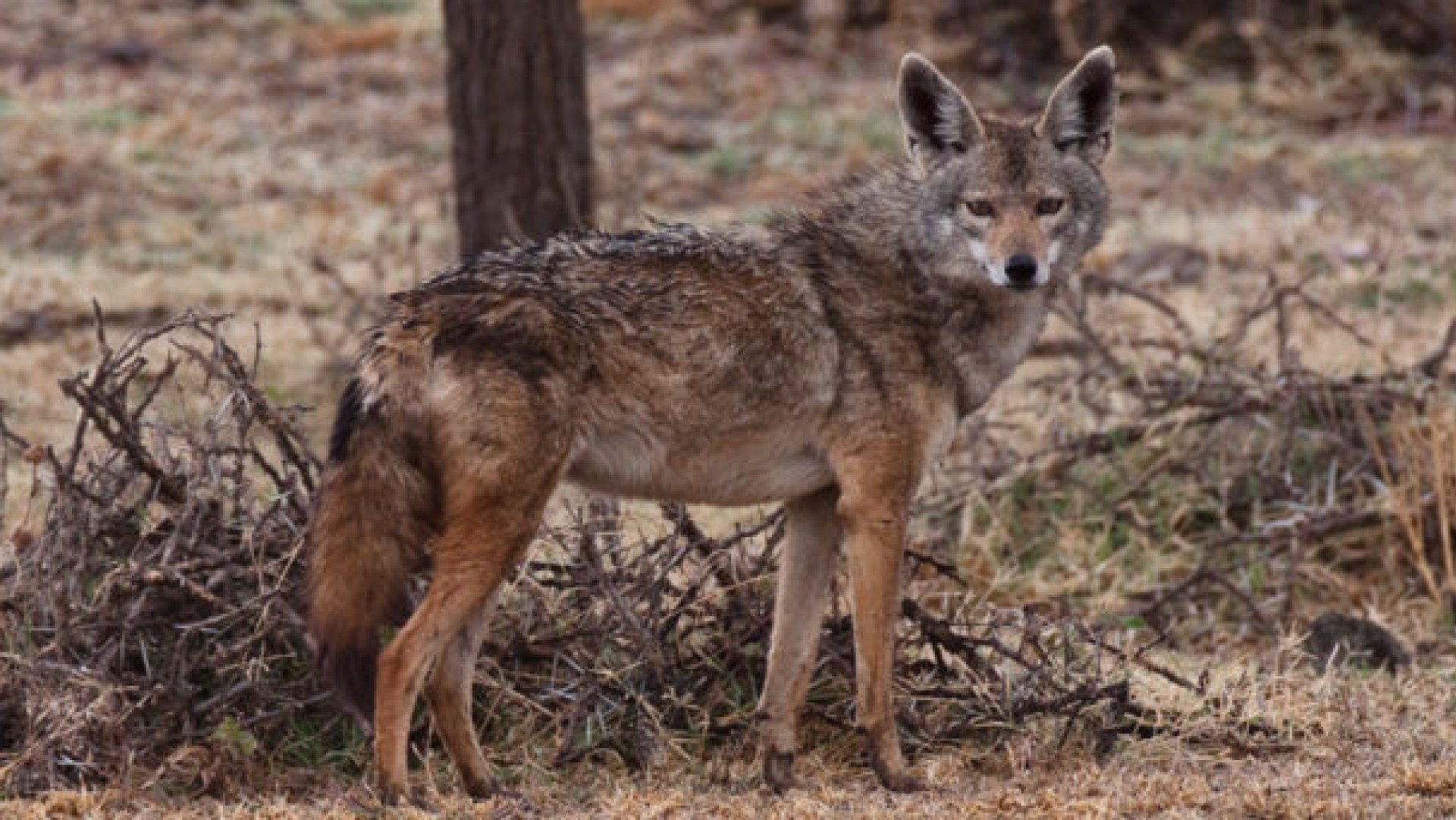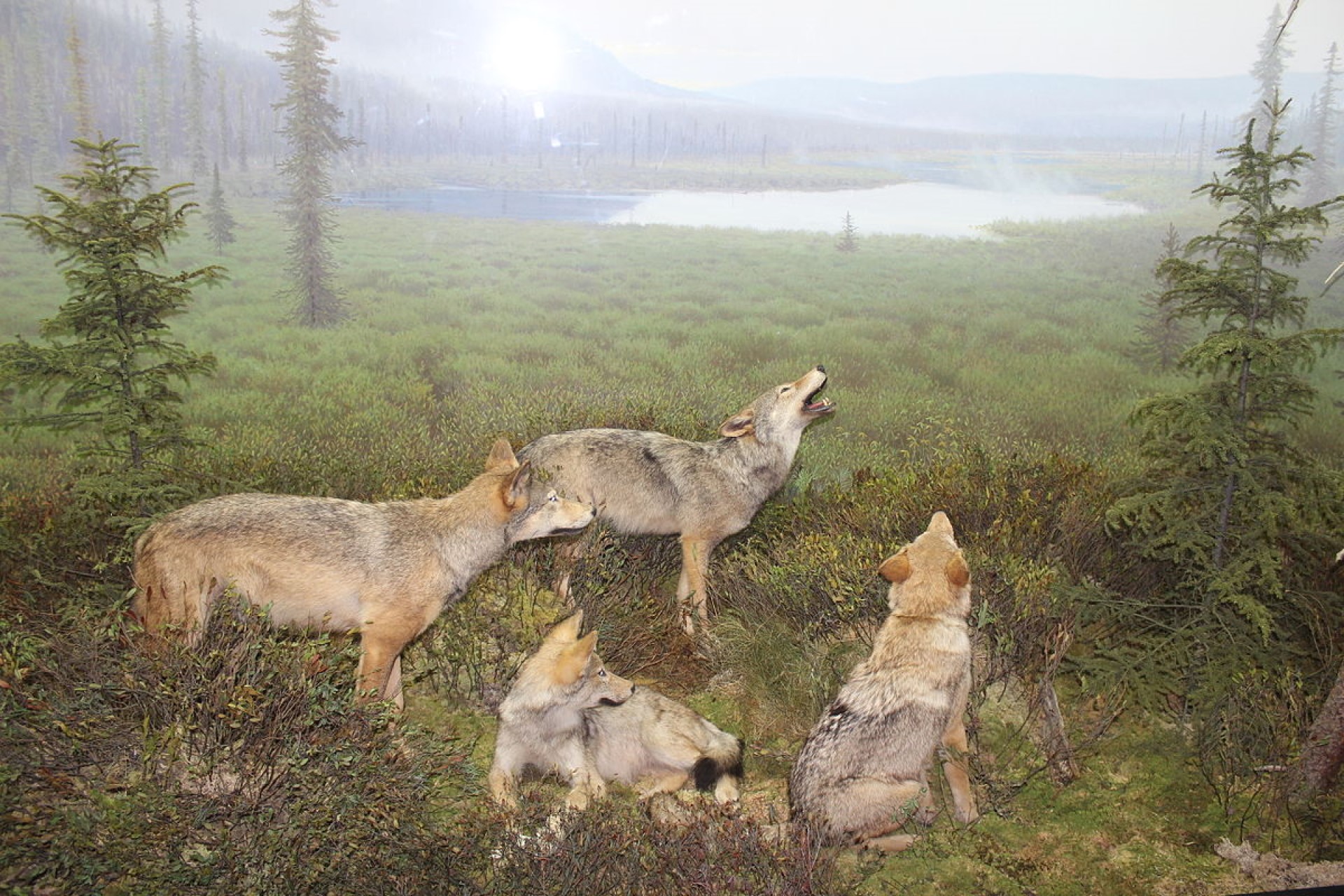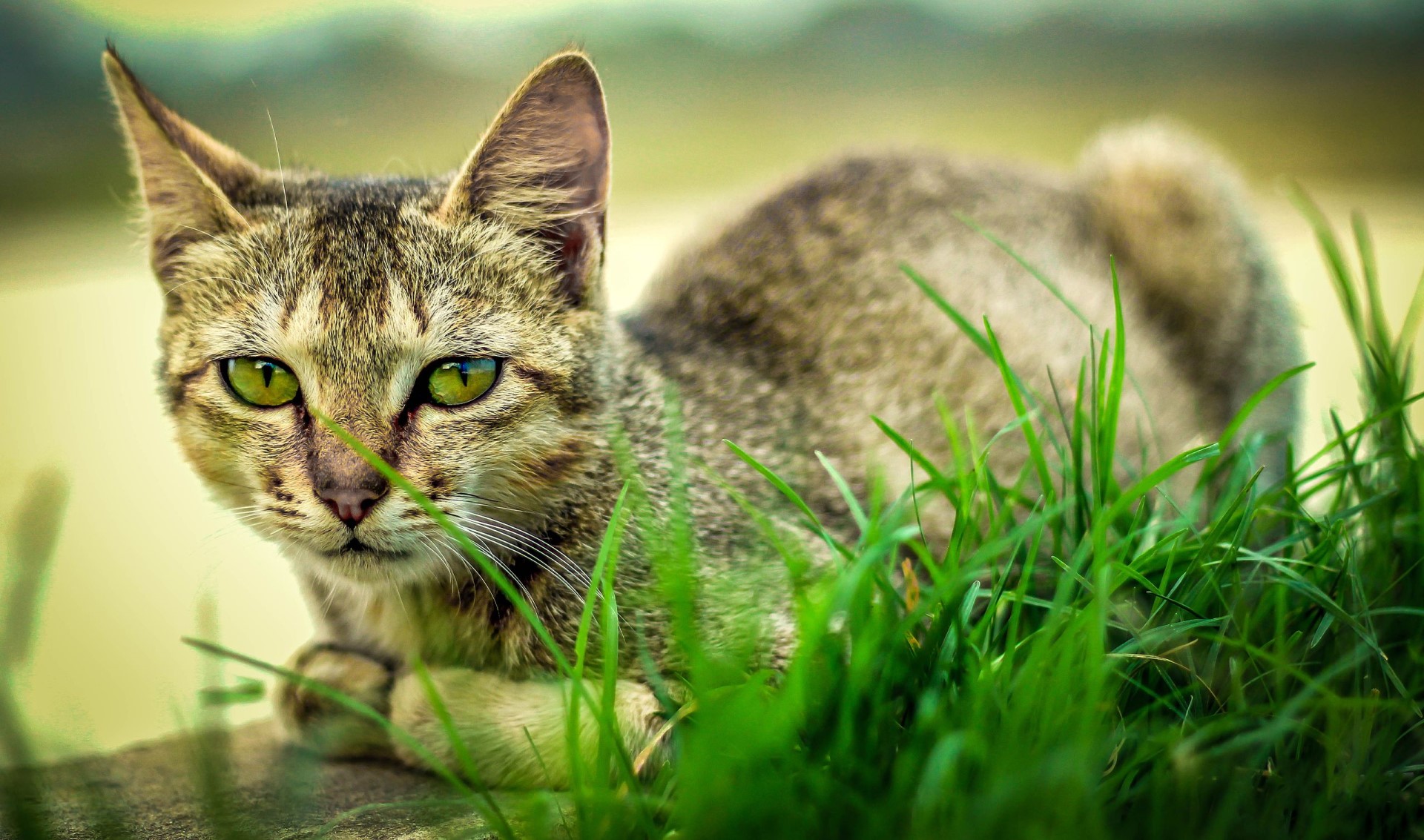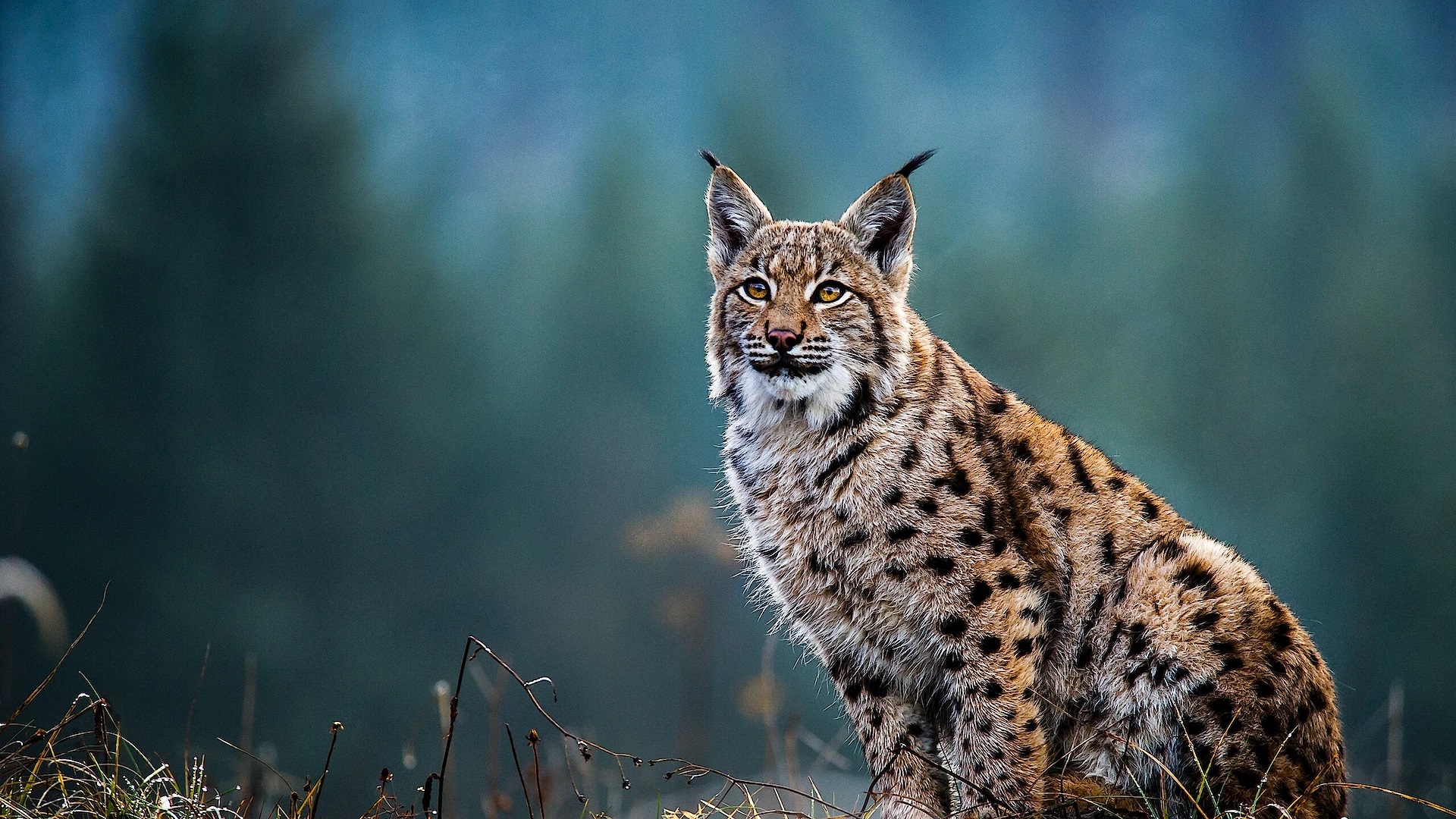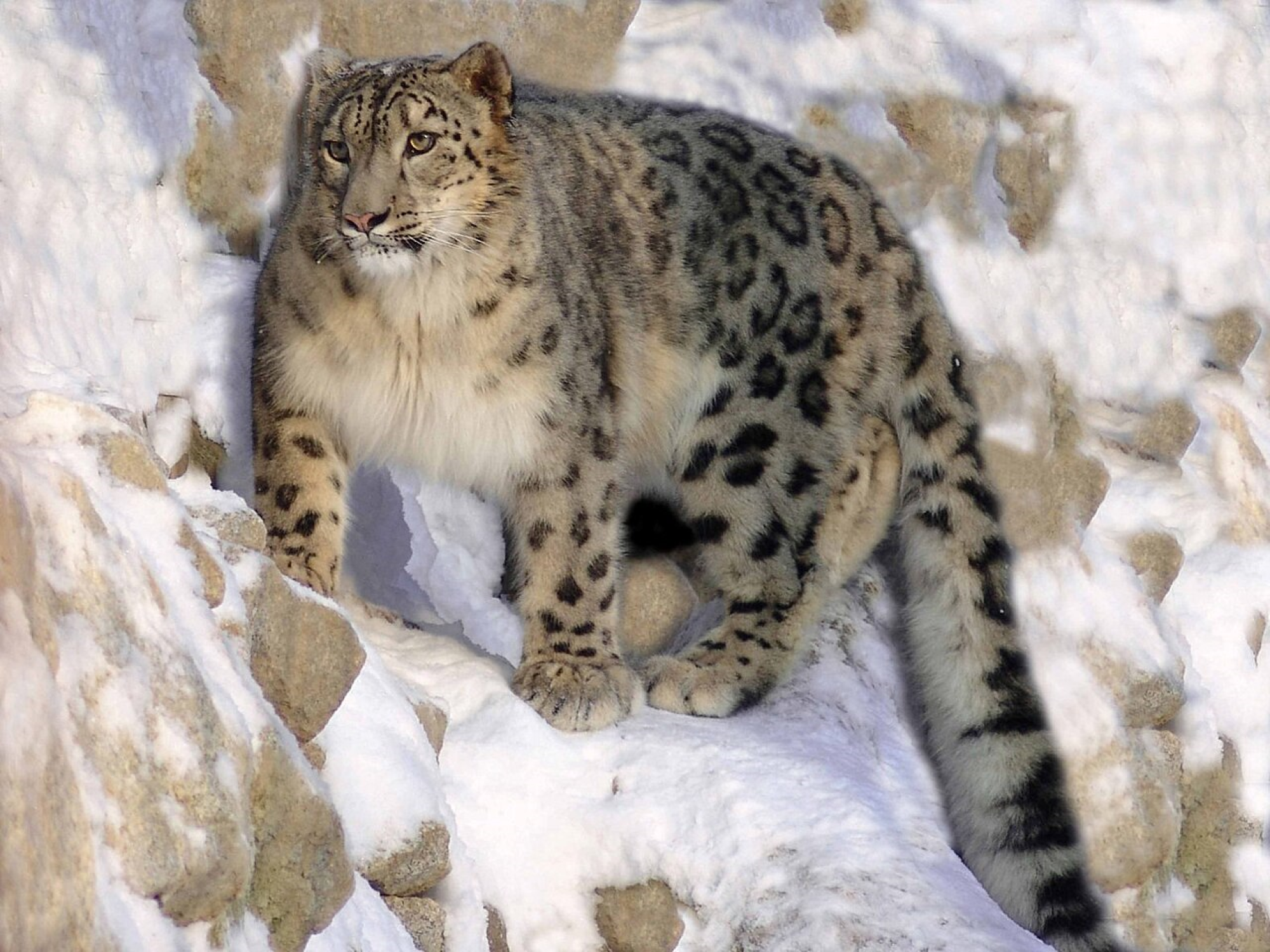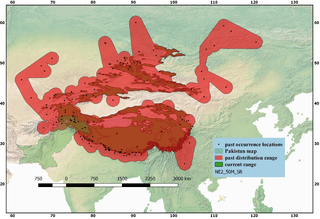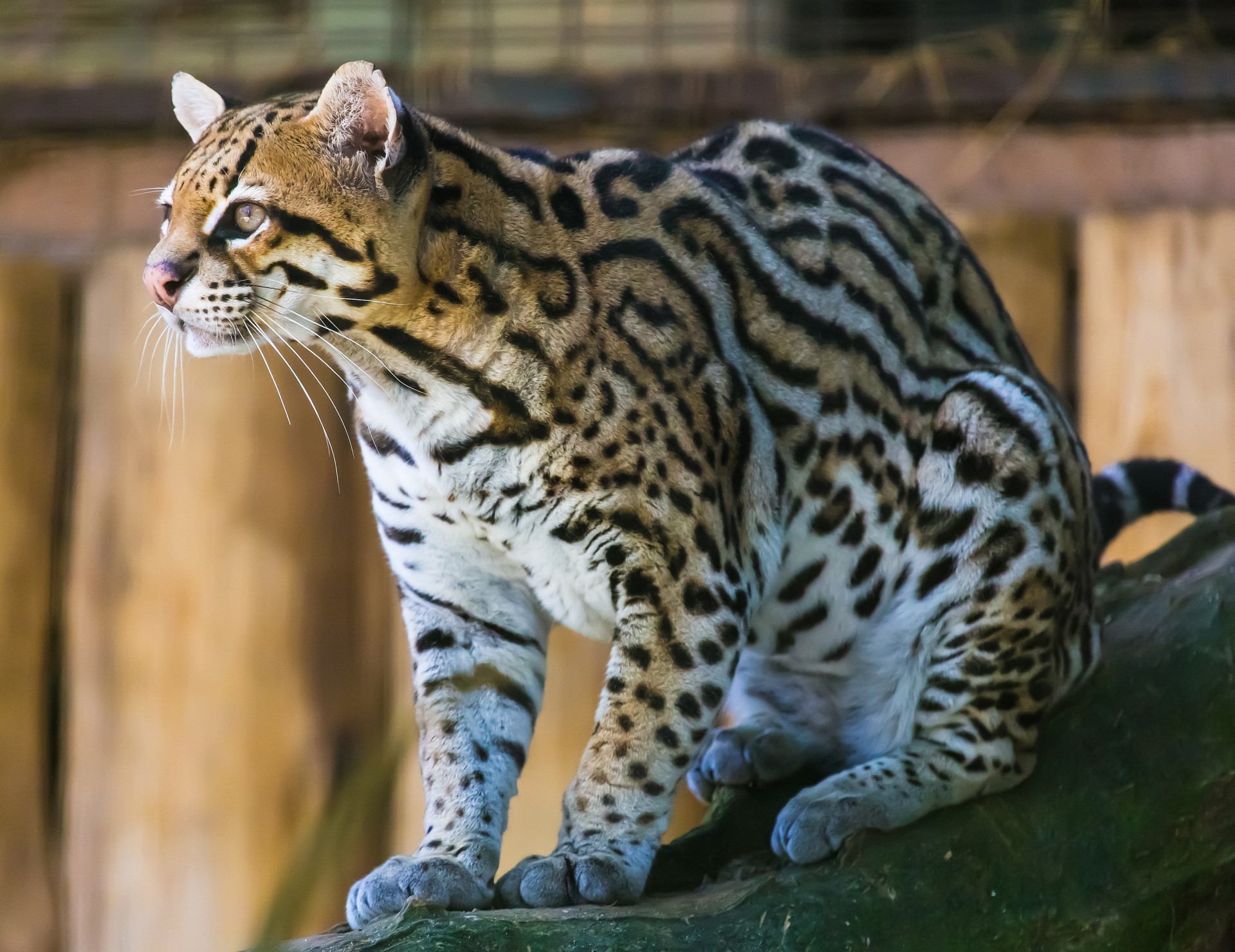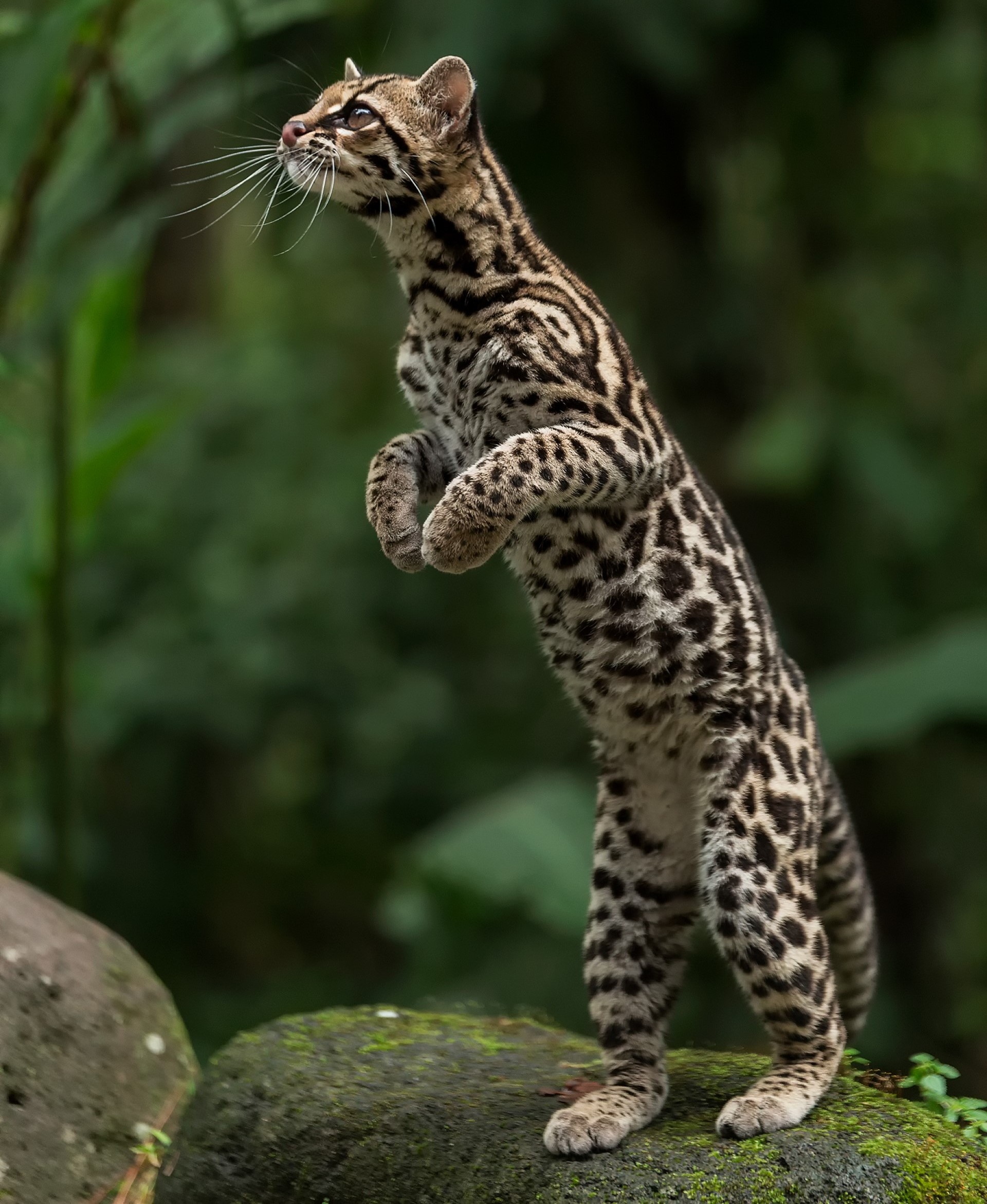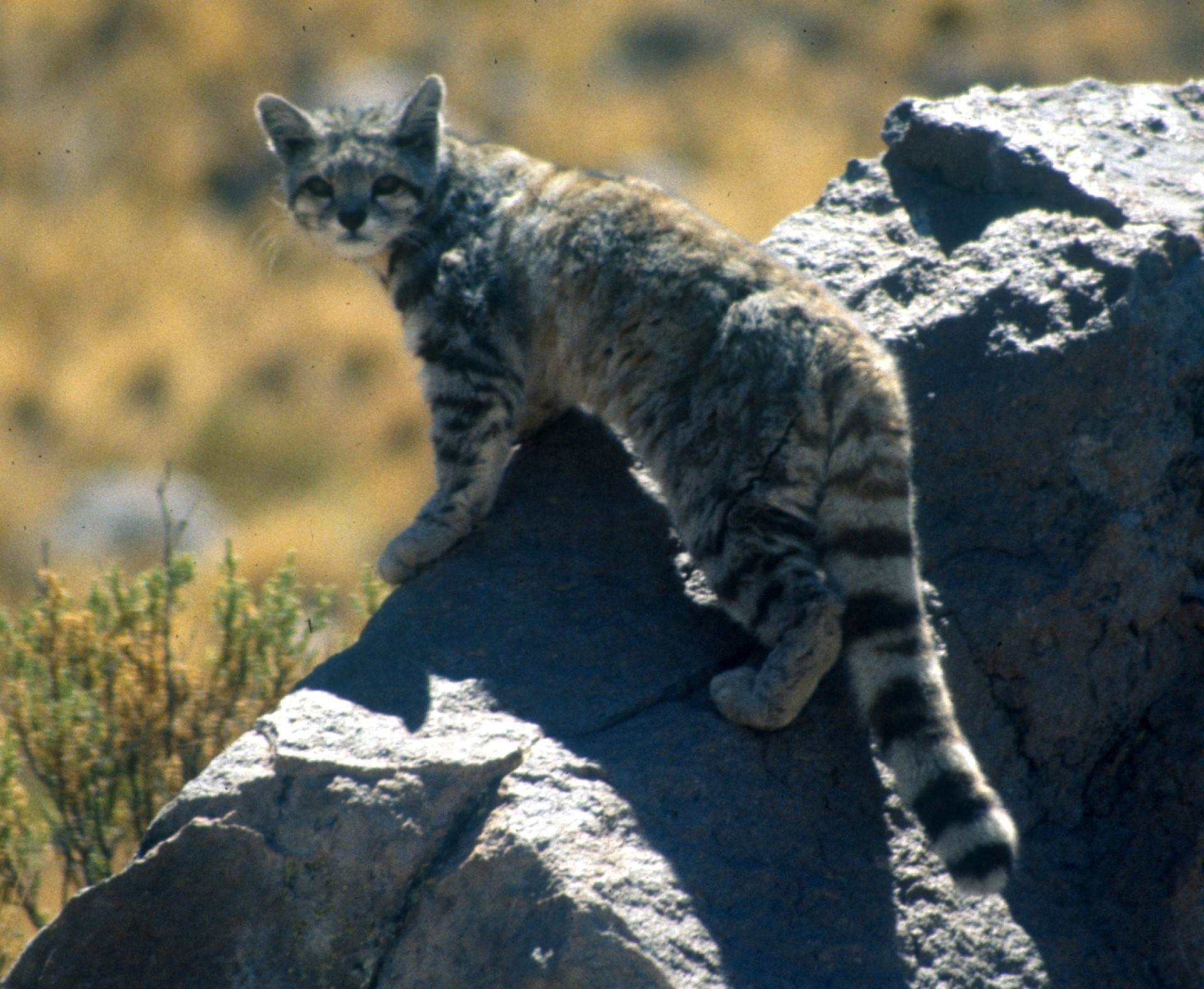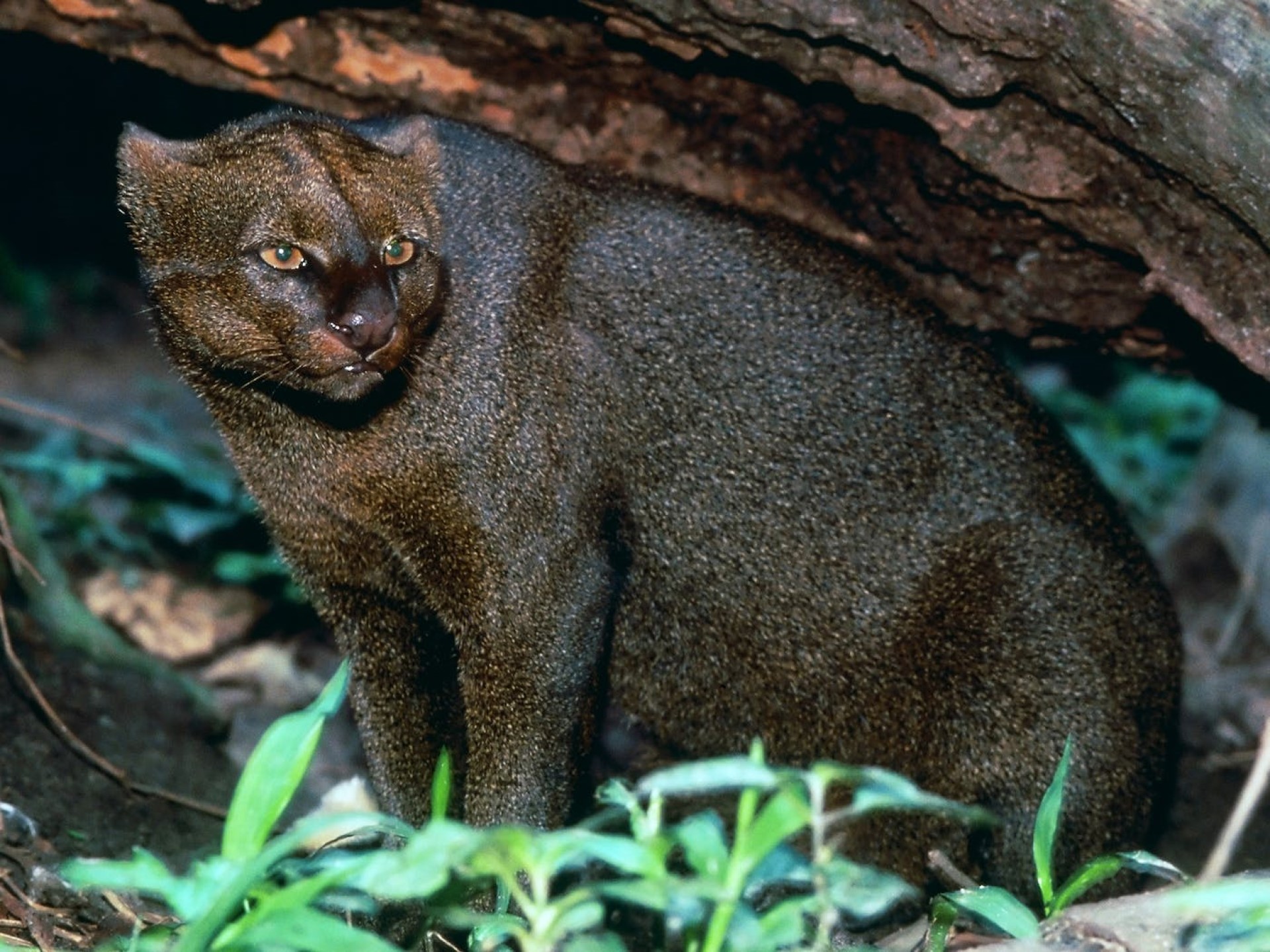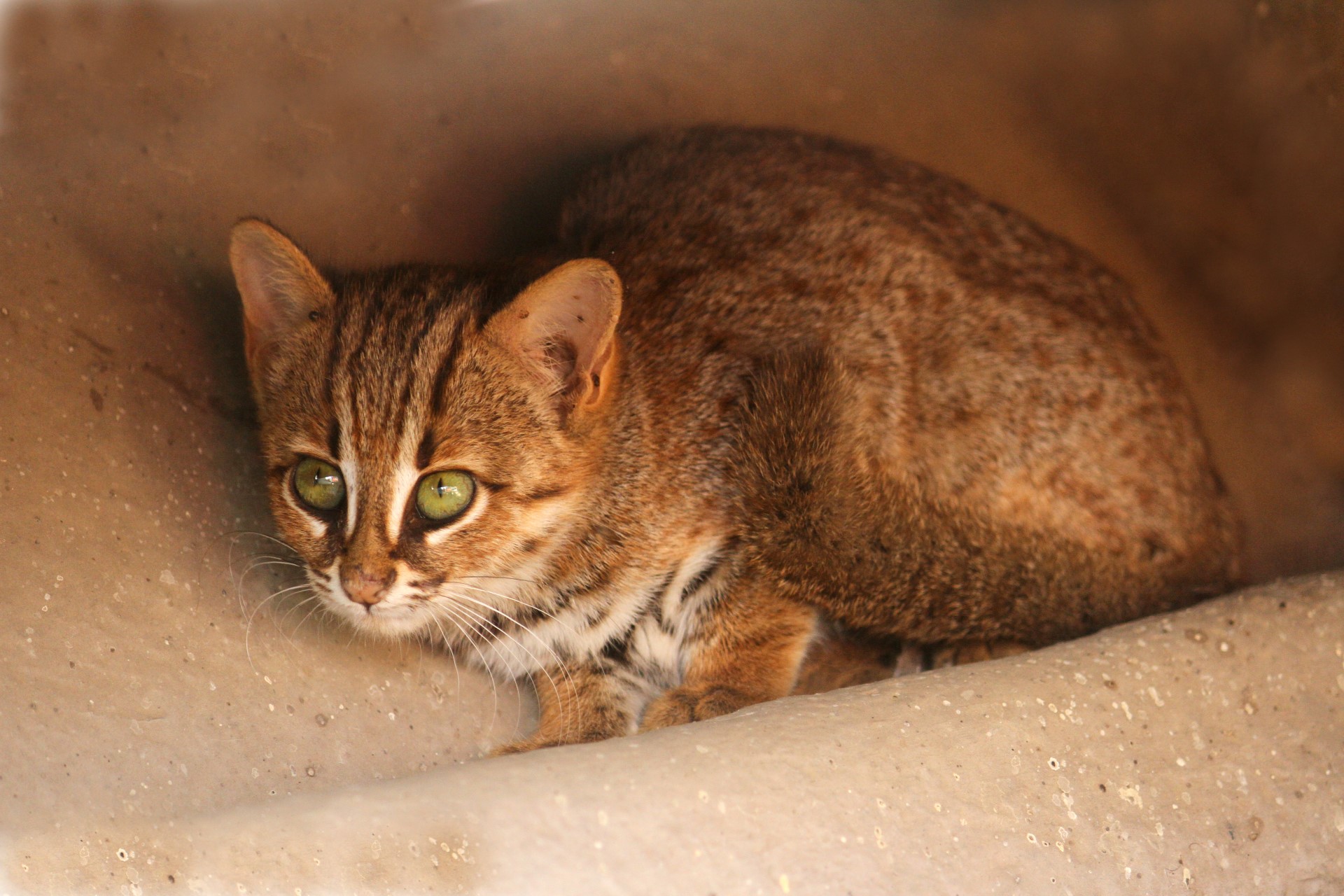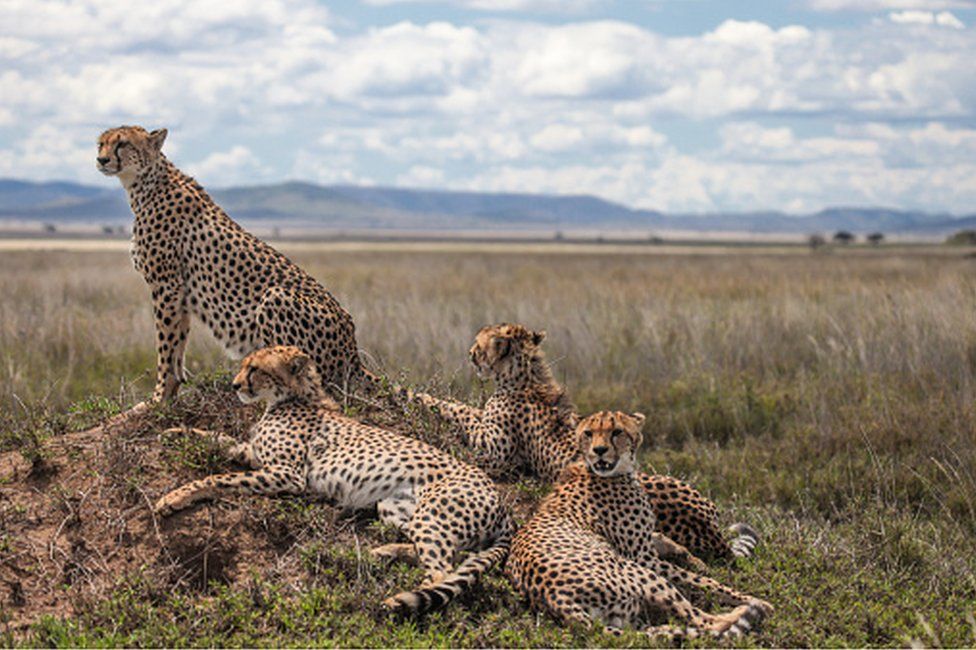Perhaps one of the more interesting announcements from wildlife study in the last decade was the discovery of a wolf living under everyones nose in Africa. It is a little understandable, as it does look quite like a jackal, and certainly different to a European wolf. Having said this, it is still a significant oversight.
It was initially described as the African Wolf back in 1832. Indeed, Aristotle talked of wolves living in Egypt in his time, however, it was not until 2017 when a second modern study was done on it, and it was definitively recognized as a species. The problem is that, despite this huge range there is no idea how many African wolves there are in the wild. Obviously with this huge range, it is not unreasonable to suggest that they are locally extinct in areas – there are a number of subspecies that have been tentatively suggested, however until true assessments are made, this seems more than we need.
It should be noted, that it is not surprising that the African wolf was overlooked for so long, as it has got smaller over its time in Africa, to the extent that it is very hard to tell the difference between tha African golden wolf, and the golden jackal.
There has been little study of this species, and it is unclear exactly how much range that it has. Hopefully, this will happen in time, but it is clear that the big problem is telling the difference between golden jackals and golden wolves.
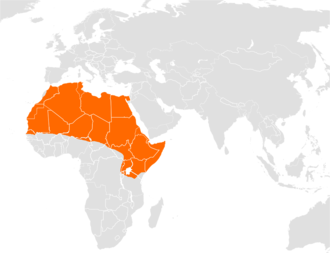
There are a number of subspecies of the African wolf (quite quick, given it was not redeclared as a species 6 years ago. They are classed as a least concern. While not all sub-species have a clear estimate of the current population, genetic analysis suggests that the historic population was not smaller than 80,000 females.
- Algerian wolf – range Algeria, Morocco and Tunisia -A dark-coloured subspecies, with a tail marked with three dusky rings. It is similar in size to the red fox
- Senegalese wolf – Senegal – Similar to the Egyptian wolf, but smaller and more lightly built, with paler fur and a sharper muzzle.
- Serengeti wolf – Kenya, northern Tanzania – Smaller and lighter-coloured than the northern forms. The wild population is 1500-2000
- Egyptian wolf – Egypt, Algeria, Mali, Ethiopian Highlands, and Senegal – A large, stoutly built subspecies with proportionately short ears and presenting a very gray wolf-like phenotype, standing 40.6 cm in shoulder height and 127 cm in body length. The upper parts are yellowish-gray tinged with black, while the muzzle, the ears and the outer surfaces of the limbs are reddish-yellow. The fur around the mouth is white.
- Somali wolf – Somalia and the coast of Ethiopia and Eritrea – A dwarf subspecies measuring only 12 inches in shoulder height, it is generally of a grayish-yellow color, mingled with only a small proportion of black. The muzzle and legs are more decidedly yellow, and the underparts are white.
- Variegated wolf – Sudan and Somalia – A small subspecies standing 38 cm (15 in) at the shoulder, and measuring 102 cm (40 in) in length. The fur is generally pale stone-buff, with blotches of black.
Back in the early 1800s the North African wolf was defined as a separate species, why did this wild canid get redefined as a golden jackal?
- Tim
- October 16, 2020
- Tim
- July 18, 2023
We are incredibly eager to work with any guides who encounter the African wolf in their work, and list your services here. Please get in touch through the list your wild place option at the top of the page.

